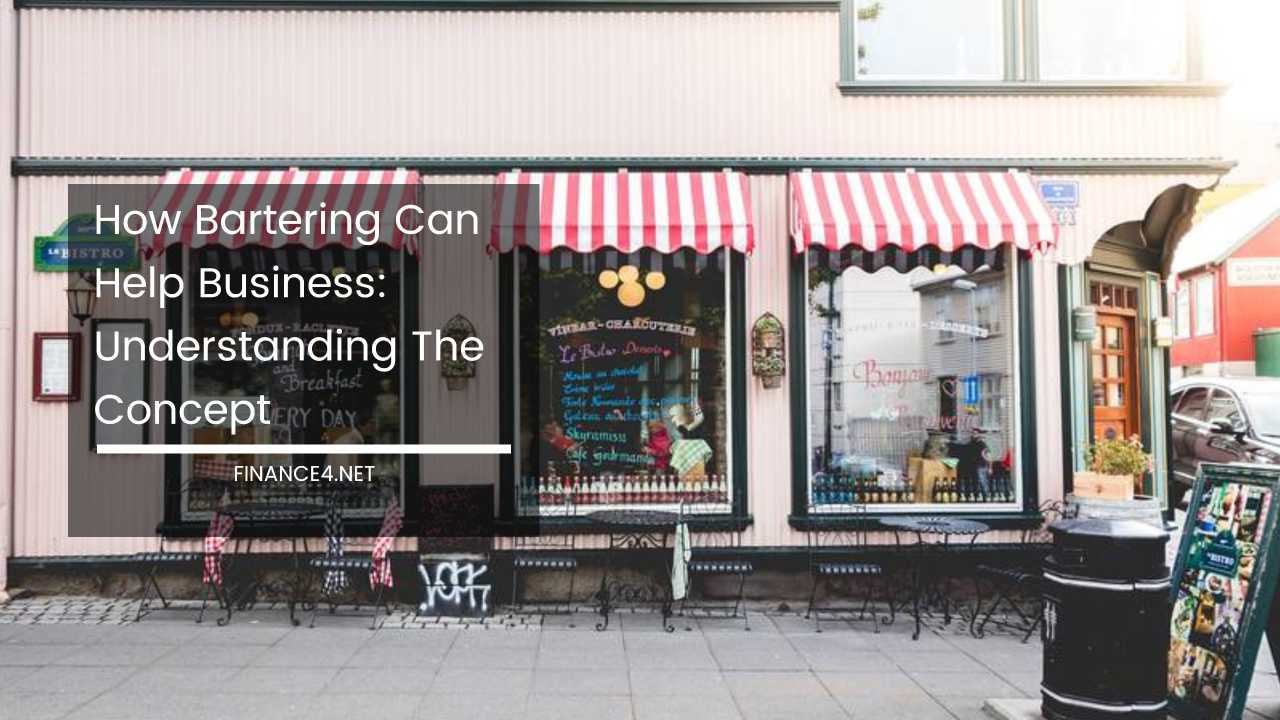What Percent of Homeowners Have a Mortgage?

Mortgage
A Nation of Mortgage Holders: The Prevalence of Home Loans in the United States
The American dream has long been synonymous with homeownership—a symbol of stability, prosperity, and personal achievement.
For most people, achieving this dream is not possible without a mortgage. A mortgage is a financial instrument that enables individuals to purchase property by borrowing a significant portion of the home’s value, typically with the property itself serving as collateral.
This arrangement allows buyers to acquire homes without having to pay the full amount upfront, making homeownership more accessible.
The prevalence of mortgages among homeowners in the United States has experienced notable fluctuations over time, influenced by a myriad of factors, including economic conditions, interest rates, and demographic trends.
This article will explore the percentage of homeowners who have a mortgage, examining historical trends, regional variations, and the complex factors that contribute to these statistics.
Historical Trends in Mortgage Ownership
Early 20th Century: Barriers to Homeownership
In the early 20th century, homeownership was not as prevalent as it is today. The mortgage industry was still developing, and many Americans faced significant barriers to obtaining home loans.
Banks were typically conservative in their lending practices, often requiring substantial down payments and offering short loan terms, which limited access to mortgages for the average citizen. During this period, the homeownership rate hovered around 40%.
The Great Depression: A Decline in Homeownership
The Great Depression (1929-1939) brought further challenges to the housing market. As the economy collapsed, many homeowners defaulted on their loans, leading to widespread foreclosures.
The resulting decline in homeownership was profound, as banks became increasingly reluctant to lend, fearing further defaults. The combination of economic hardship and stringent lending practices caused the homeownership rate to plummet.
Post-World War II: The Rise of Homeownership
The end of World War II marked a significant turning point for the American housing market. With millions of soldiers returning home, there was an urgent need for housing.
The federal government responded with policies that aimed to promote homeownership. The GI Bill, for instance, provided veterans with low-interest loans and favorable repayment terms, facilitating home purchases. As a result, the homeownership rate soared to approximately 60% by the 1960s.
The 1970s and 1980s: A Steady Increase
The 1970s and 1980s were characterized by economic expansion, rising incomes, and a growing middle class, contributing to an increase in homeownership rates.
By the end of the 1980s, homeownership reached around 65%. However, this period was not without its challenges.
The oil crisis in the 1970s led to high inflation and rising interest rates, making mortgages more expensive and complicating the path to homeownership for many.
The Housing Boom and Bust of the Early 2000s
The early 2000s saw an unprecedented housing boom, characterized by aggressive mortgage lending and a significant increase in home prices.
Financial institutions relaxed lending standards, leading to the proliferation of subprime mortgages—loans offered to borrowers with lower credit scores. This surge in lending contributed to an increase in homeownership, which peaked at about 69% in 2004.
However, the housing market was built on shaky foundations. By 2007, signs of a downturn began to emerge as housing prices declined, and borrowers started to default on their loans.
The subsequent financial crisis of 2008 resulted in a wave of foreclosures, leading to a steep decline in homeownership rates, which dropped to around 63% by 2016.
Recent Trends: Recovery and New Challenges
In the years following the financial crisis, the housing market slowly began to recover. Low interest rates, coupled with a growing demand for housing, helped spur a resurgence in homeownership.
As of 2023, approximately 66% of American households own their homes, indicating a renewed interest in homeownership, particularly among millennials, who are increasingly entering the market.
Regional Variations in Mortgage Ownership
Geographic Disparities: Understanding Regional Differences
Mortgage ownership rates in the United States are not uniform; they vary significantly across different regions.
These disparities can be attributed to several factors, including cost of living, economic conditions, and cultural attitudes toward homeownership.
Cost of Living
One of the most significant factors influencing mortgage ownership is the cost of living in a given area. Regions with high housing costs, such as major metropolitan areas on the West Coast (e.g., San Francisco, Los Angeles) and in the Northeast (e.g., New York City), often exhibit lower homeownership rates. High prices create a barrier for many potential buyers, leading to a preference for rental properties instead.
Conversely, regions with a lower cost of living, such as parts of the Midwest and South, tend to have higher homeownership rates. In these areas, affordable housing options allow individuals and families to purchase homes more easily.
For instance, states like Indiana and Arkansas have homeownership rates that exceed the national average, largely due to their relatively low housing prices.
Economic Conditions
The strength of local economies and job markets also plays a crucial role in determining mortgage ownership rates.
Regions with robust economies and low unemployment rates often see higher homeownership rates, as residents typically have more disposable income and job stability.
States like Texas and Florida, with their growing economies and diverse job opportunities, have experienced increases in homeownership in recent years.
In contrast, areas facing economic decline or high unemployment, such as parts of the Rust Belt, often exhibit lower homeownership rates.
Residents in these regions may struggle to secure stable employment, making it more challenging to commit to mortgage payments.
Cultural Factors
Cultural attitudes toward homeownership significantly influence mortgage prevalence. In some regions, particularly in the Midwest and South, homeownership is viewed as a rite of passage, deeply ingrained in the local culture.
Families often pass down homes through generations, reinforcing the value placed on owning property.
Conversely, urban areas on the coasts may have a more prominent rental culture. Younger populations, attracted to the vibrancy and flexibility of city life, may prioritize renting over buying. This cultural distinction can lead to variations in mortgage ownership rates across different regions.
The Impact of Demographic Changes
Recent demographic shifts have also influenced regional mortgage ownership rates. Millennials, now the largest group of homebuyers, are reshaping the housing market.
Many millennials aspire to homeownership but face obstacles such as student debt, high housing prices, and stagnant wages.
As remote work becomes more common, younger buyers are increasingly exploring housing options in suburban and rural areas, where prices are often more manageable.
This trend has led to rising homeownership rates in these regions, as millennials seek more affordable living conditions while still achieving the dream of owning a home.
Factors Affecting Mortgage Ownership
Several key factors can influence the decision to obtain a mortgage, including economic indicators, personal circumstances, and broader market conditions.
Interest Rates
Interest rates are one of the most significant determinants of mortgage ownership. Lower interest rates reduce the cost of borrowing, making it more attractive for potential buyers to secure a mortgage.
For instance, when the Federal Reserve lowers interest rates in response to economic downturns, it often stimulates the housing market. This trend encourages buyers to take advantage of favorable borrowing conditions.
Conversely, rising interest rates can deter potential homebuyers, as higher costs make homeownership less attainable.
When interest rates climb, monthly mortgage payments increase, leading some buyers to delay their purchase or remain in rental properties.
The fluctuations in interest rates can have profound impacts on the overall housing market and the percentage of homeowners with mortgages.
Down Payment Requirements
The amount of down payment required to purchase a home can pose a significant barrier, especially for first-time buyers.
Traditional loans often require a down payment of 20%, which can be daunting for individuals without substantial savings.
However, various loan programs exist that allow for lower down payments, such as FHA loans, which require as little as 3.5%.
These options can help potential buyers navigate the complexities of the housing market and increase the likelihood of homeownership.
Education around available programs is crucial to enabling first-time buyers to understand their options and take the necessary steps toward securing a mortgage.
Credit Scores
Credit scores play a critical role in determining mortgage eligibility. Individuals with higher credit scores are more likely to qualify for favorable mortgage terms, including lower interest rates and reduced down payment requirements.
Conversely, those with lower credit scores may face higher interest rates or be unable to secure a mortgage at all.
Maintaining a healthy credit score is essential for prospective homeowners, as it directly impacts their ability to access financing.
Educational initiatives aimed at improving financial literacy can empower individuals to make informed decisions regarding their credit and financial health.
Income Levels
Income levels are another pivotal factor in determining the ability to afford a mortgage. Higher income levels typically correlate with greater financial flexibility, allowing individuals to comfortably manage mortgage payments, property taxes, and maintenance costs.
In contrast, individuals with lower incomes may struggle to meet these financial obligations, impacting their likelihood of securing a mortgage and achieving homeownership.
In many cases, income disparities are influenced by broader economic trends. Regions with higher wages and strong job markets tend to have higher homeownership rates, while areas with lower wages face challenges in fostering homeownership.
Housing Market Conditions
The overall state of the housing market can significantly affect mortgage ownership rates. In a strong housing market characterized by rising home prices, potential buyers may find themselves priced out of the market, particularly first-time homeowners.
This competitive environment can lead to bidding wars, further driving prices up and making homeownership less attainable.
Conversely, a weaker housing market may present opportunities for buyers, allowing them to secure homes at more affordable prices. In such conditions, homeownership becomes more accessible, leading to increased mortgage ownership rates.
The Future of Mortgage Ownership in the United States
Emerging Trends and Challenges
As we move further into the 21st century, several emerging trends may shape the future landscape of mortgage ownership in the United States.
These trends are influenced by technological advancements, changing demographics, and shifting economic conditions.
Technology and Online Lending
The rise of technology in the mortgage industry has transformed the way people apply for and secure loans. Online lenders have emerged as significant players, offering streamlined application processes and competitive rates. This accessibility can help more individuals enter the housing market and secure mortgages.
However, the shift towards digital platforms also presents challenges, particularly for those who may lack access to technology or have lower digital literacy.
Ensuring that all individuals have equal access to these new technologies will be crucial in promoting equitable homeownership opportunities.
Changing Demographics
As demographic trends continue to evolve, the landscape of homeownership is likely to shift. The aging population may lead to increased demand for downsizing, as older homeowners seek smaller, more manageable living spaces.
Conversely, younger generations, including millennials and Gen Z, are entering the market with different preferences and priorities.
The demand for sustainable and energy-efficient homes is likely to grow, as younger buyers place greater emphasis on environmental considerations.
Understanding these changing preferences will be essential for the housing market to adapt and meet the needs of future buyers.
Policy Implications
Government policies will play a crucial role in shaping the future of mortgage ownership. As the housing market evolves, policymakers must consider ways to support affordable housing initiatives, improve access to mortgage financing, and promote financial literacy.
Programs that target first-time homebuyers, such as down payment assistance and educational resources, can help bridge the gap for those seeking to enter the housing market.
Additionally, addressing systemic issues related to housing inequality will be vital to ensuring that all individuals have the opportunity to achieve homeownership.
Final Thoughts
The prevalence of mortgages among homeowners in the United States has played a vital role in shaping the nation’s housing landscape.
While the rate of mortgage ownership has experienced fluctuations influenced by economic conditions, cultural attitudes, and demographic shifts, it remains a common pathway for many Americans to achieve the dream of homeownership.
Understanding the historical trends, regional variations, and factors influencing mortgage ownership provides valuable insights into the dynamics of the housing market and the financial well-being of individuals and families.
As we look to the future, the importance of accessible mortgage options, supportive government policies, and financial education will be paramount in ensuring that homeownership remains an attainable goal for generations to come.
To gain a comprehensive understanding of the current mortgage landscape, it is essential to consult recent data from reputable sources such as the U.S.
Census Bureau and the Federal Reserve, as the housing market continues to evolve in response to societal changes.
By addressing the challenges and opportunities ahead, we can work toward a more inclusive and accessible housing market that empowers individuals and families to achieve their dreams of homeownership.



